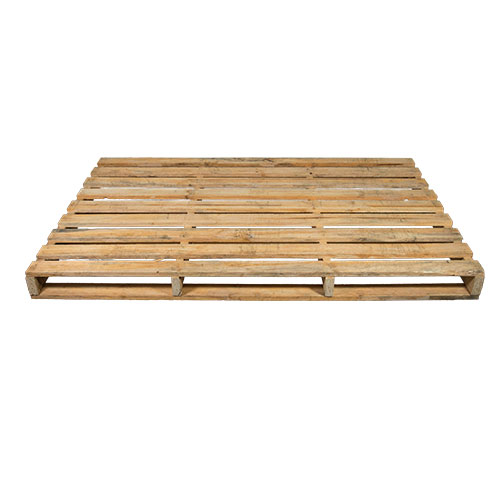Economic Effectiveness of Utilizing Timber Platforms in Warehouses

Within the busy world of logistics and supply chain management, every detail matters when it comes to efficiency and cost-effectiveness. A of the often neglected heroes in this realm is the modest wooden pallet. Often overlooked, wooden pallets serve as the cornerstone for warehouses, supporting the safe and efficient storage and transportation of goods. Their importance goes beyond mere functionality; they are fundamental in enhancing warehouse operations and managing costs effectively.
Wooden pallets offer a range of benefits that make them a popular choice for a variety of businesses. They are not only cost-effective but also highly durable, readily repairable, and environmentally friendly, especially when obtained from sustainable timber. Custom pallets crafted to specific needs can optimally use space utilization and improve workflow. As companies aim for greater operational efficiency, comprehending the advantages of using wooden pallets in warehouses becomes crucial for making informed decisions that enhance productivity and reduce overhead costs.
Economic Advantages of Timber Pallets
Wooden pallets are often considered a affordable solution for warehouses due to their affordability and strength. Unlike plastic or steel alternatives, wood pallets are generally more economical to purchase upfront. They can be sourced from regional suppliers, reducing shipping costs. Additionally, the longevity of wooden pallets makes them a prudent investment, as they can support multiple uses before needing replacement, further allocating their price over time.
Moreover, the care costs associated with wood pallets are notably low. They can be easily repaired when worn, which is not always the case with alternative materials. Simple adjustments such as replacing broken boards are often all that is needed to extend the life of a timber pallet. This ability to fix extends their lifetime and minimizes the need for regular replacements, resulting in considerable savings for warehouse operations.
In addition, wood pallets offer flexibility in inventory and distribution. pallets in tulsa can accommodate a range of products and can be adapted to fit unique needs, leading to optimized space management in warehouses. By maximizing storage capacity and ensuring protected transport, wooden pallets can lower overall operational expenses. The monetary benefits of using wood pallets go beyond upfront costs, contributing to a more effective and affordable warehouse operation.
Strength and Lifecycle Management Expenditures
Wooden pallets are renowned for their resilience and longevity, making them a favored choice in warehouses. Unlike plastic or steel alternatives, lumber pallets can bear heavy loads and rough handling. Their ability to be restored and repurposed adds to their service life, allowing warehouses to maintain a stable inventory without regular replacements. This longevity translates into substantial cost savings over time, as businesses can reduce the frequency of purchasing new pallets.
The total costs associated with timber pallets are also advantageous. While the initial investment might be somewhat higher than some lower-cost options, their durability and performance often lead to decreased expenditures. Many warehouses have reported that lumber pallets, when maintained properly, can be used multiple times before needing replacement. This efficiency reduces the costs of ownership, making timber pallets an economically sound choice.
Furthermore, wooden pallets can frequently be modified to fit particular requirements, boosting their effectiveness and effectiveness in logistics operations. Tailored pallet sizes can help improve space efficiency and ensure that products are stored safely. This customized approach not only optimizes operational effectiveness but also cuts waste, further enhancing to the economic feasibility of lumber pallets in a warehouse setting.

Environmental Impact of Wooden Skids
Timber pallets have a significantly lower environmental impact in comparison to their synthetic or aluminum counterparts. Sourced from replenishable resources, wood is intrinsically biodegradable and able to returning to the ecosystem without leaving harmful residues. When wooden pallets are disposed of appropriately, they can deteriorate, enriching the soil rather than contributing to landfill waste.
Additionally, the life cycle of wooden pallets promotes sustainability. Many manufacturers utilize recycled wood, thereby lessening the need for new timber and minimizing deforestation. This practice supports forestry management efforts and ensures that wood is consistently cycled back into use rather than being discarded.
Moreover, wooden pallets can be repurposed and repaired easily, further extending their lifespan and reducing overall waste. Many warehouses have adopted practices to renew old pallets, which not only minimizes costs but also lessens their carbon footprint. The ability to recycle and contribute to a sustainable economy makes timber pallets an environmentally friendly choice for warehouses looking to improve their sustainability practices.
